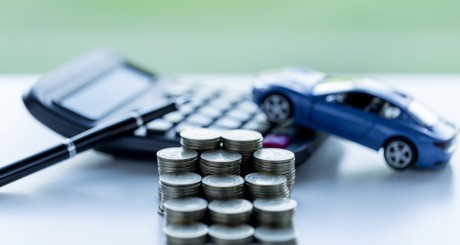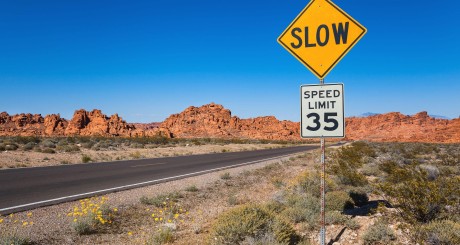We Offer Vital Advice for Maintaining Road Safety For Every Car Journey
Road Safety Advice
What to Look for When Buying a Used Car
What is a Matricula Consular ID and How to Get One
Leading Causes of Intersection Accidents
The Best Used Cars for New Teen Drivers
Pagination
Disclaimer:
This material is for general informational purposes only. Any products, services, and discounts referenced herein are not available in all states or from all companies. All statements are subject to the terms, exclusions, and conditions of the applicable policy. In all instances, current policy contract language prevails. Coverage is subject to individual policyholders meeting the insurer's underwriting qualifications and state availability. Other terms, conditions, and exclusions may apply.
The content is provided on an “as is,” and “as available” basis without representation or warranty of any kind whatsoever. The materials available are for informational purposes only and not for the purpose of providing legal advice. You should contact legal counsel to obtain advice with respect to any particular issue or problem. Use of this website or any of the links contained within the website does not create representations or warranties of any kind, express or implied, about the completeness, accuracy, reliability, suitability, or availability with respect to the website or the information, products, services, or related graphics contained on the website for any purpose. Any reliance you place on such information is therefore strictly at your own risk.






